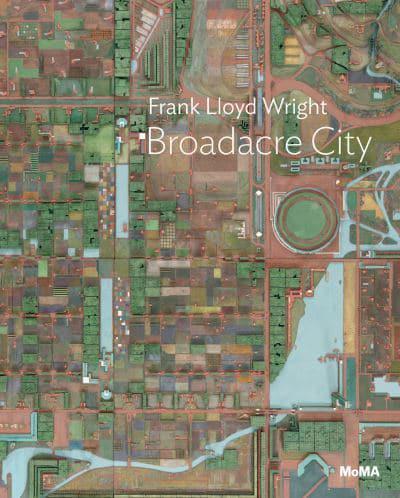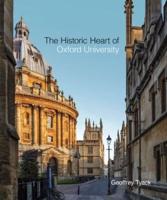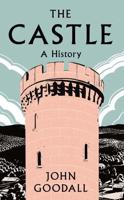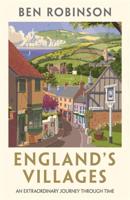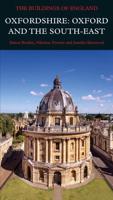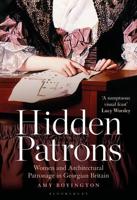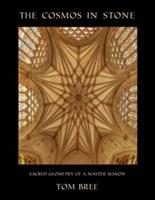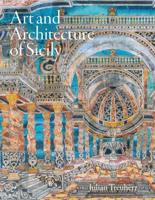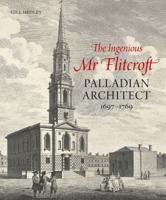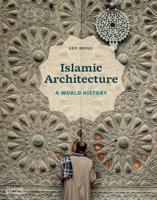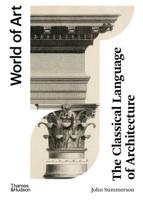Publisher's Synopsis
This latest volume in the MoMA One on One series focuses on Frank Lloyd Wright's Broadacre City Project (1934-1935).
Frank Lloyd Wright's proposal for Broadacre City (1929-35) put forth a remarkable claim-that the metropolis was obsolete. In its place, Broadacre was to be a "Usonian" synthesis, an unprecedented landscape unsullied by convention or history, consisting simply of "architecture and acreage." With its low-density carpet of small plots, predominantly one- and two-story buildings, and seemingly infinite territory, the ruralized landscape of Broadacre would sustain new levels of individuality and freedom, far more democratic than a traditional metropolis could ever support. Yet the 4-square-mile (10.4-squarekilometer) area of the Broadacre City model would give home to only 1,400 families, making the population density not quite urban or rural or suburban, but somehow their hybrid, with a social and spatial structure that eludes clear definition.
